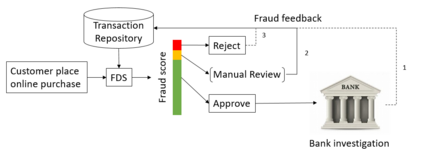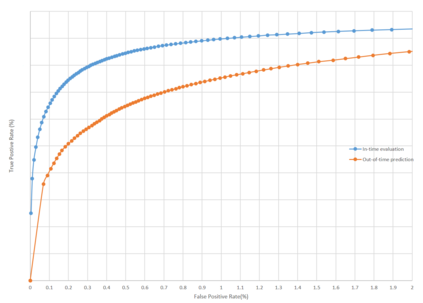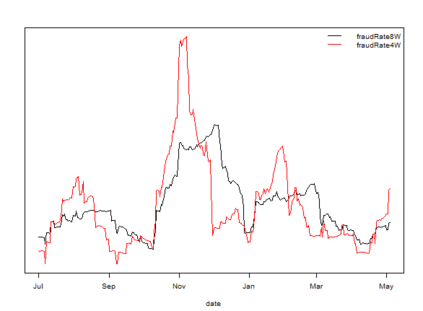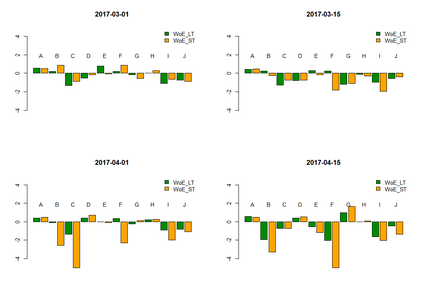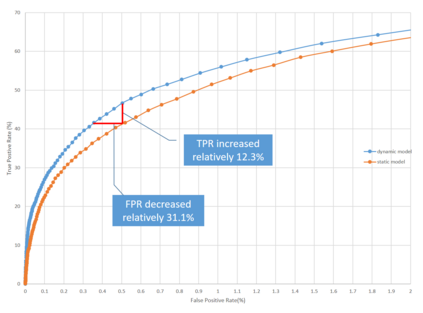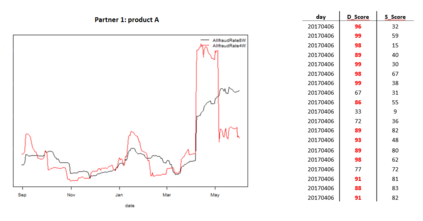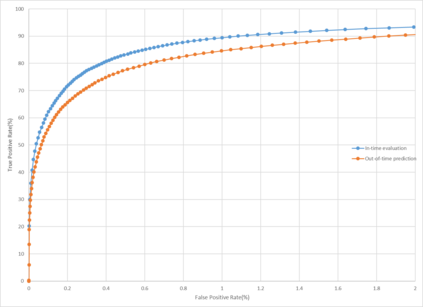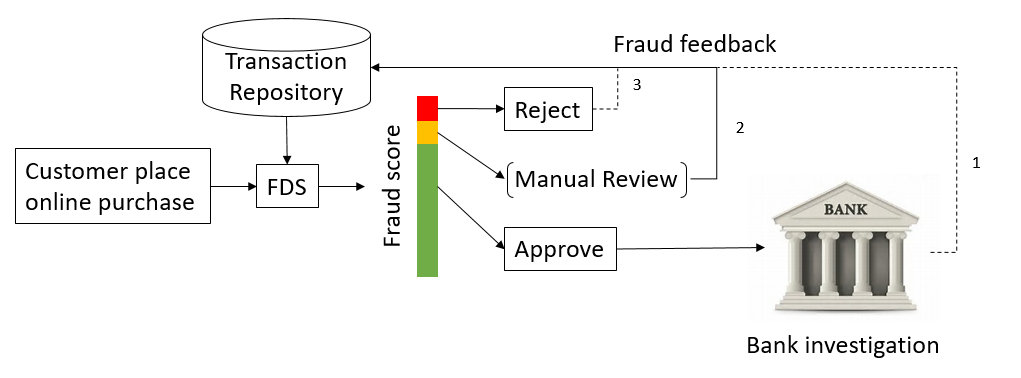eCommerce transaction frauds keep changing rapidly. This is the major issue that prevents eCommerce merchants having a robust machine learning model for fraudulent transactions detection. The root cause of this problem is that rapid changing fraud patterns alters underlying data generating system and causes the performance deterioration for machine learning models. This phenomenon in statistical modeling is called "Concept Drift". To overcome this issue, we propose an approach which adds dynamic risk features as model inputs. Dynamic risk features are a set of features built on entity profile with fraud feedback. They are introduced to quantify the fluctuation of probability distribution of risk features from certain entity profile caused by concept drift. In this paper, we also illustrate why this strategy can successfully handle the effect of concept drift under statistical learning framework. We also validate our approach on multiple businesses in production and have verified that the proposed dynamic model has a superior ROC curve than a static model built on the same data and training parameters.
翻译:eCommerce交易欺诈不断迅速变化。这是防止电子商务商拥有一个强有力的机器学习模型以发现欺诈性交易的重大问题。 这一问题的根源在于迅速变化的欺诈模式改变了基本数据生成系统,并导致机器学习模型的性能恶化。 统计模型中的这个现象被称为“ 概念开发” 。 为了克服这一问题,我们提出了一个方法,增加作为模型投入的动态风险特征。 动态风险特征是一系列基于实体概况的特征,并附有欺诈反馈。 引入这些特征是为了量化某些实体概况中风险特征因概念漂移而产生的概率分布波动。 在本文中,我们还说明了为什么这一战略能够成功地处理统计学习框架内概念漂移的影响。 我们还验证了我们在多家生产企业中采用的方法,并核实了拟议的动态模型比基于相同数据和培训参数的静态模型的优势。

